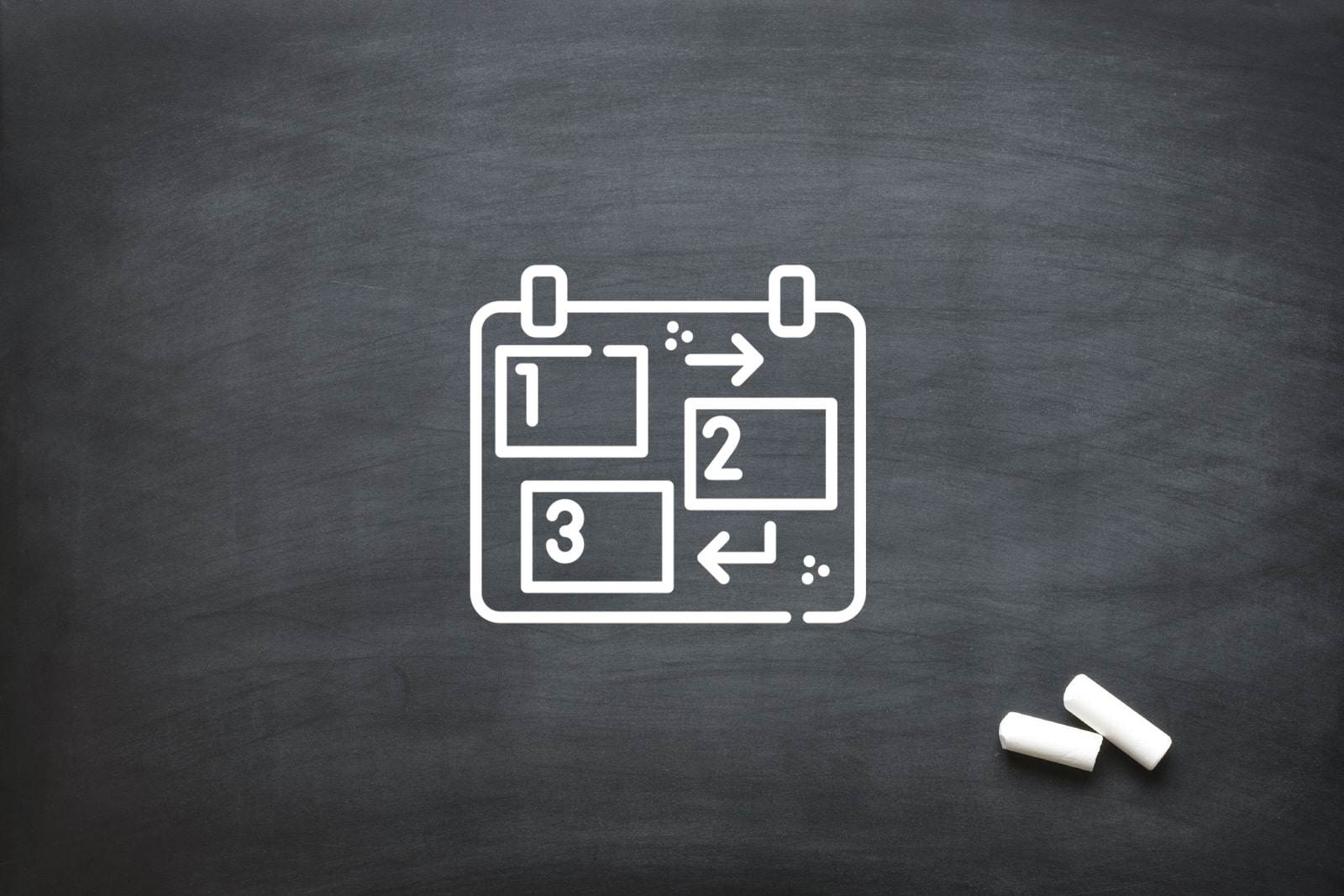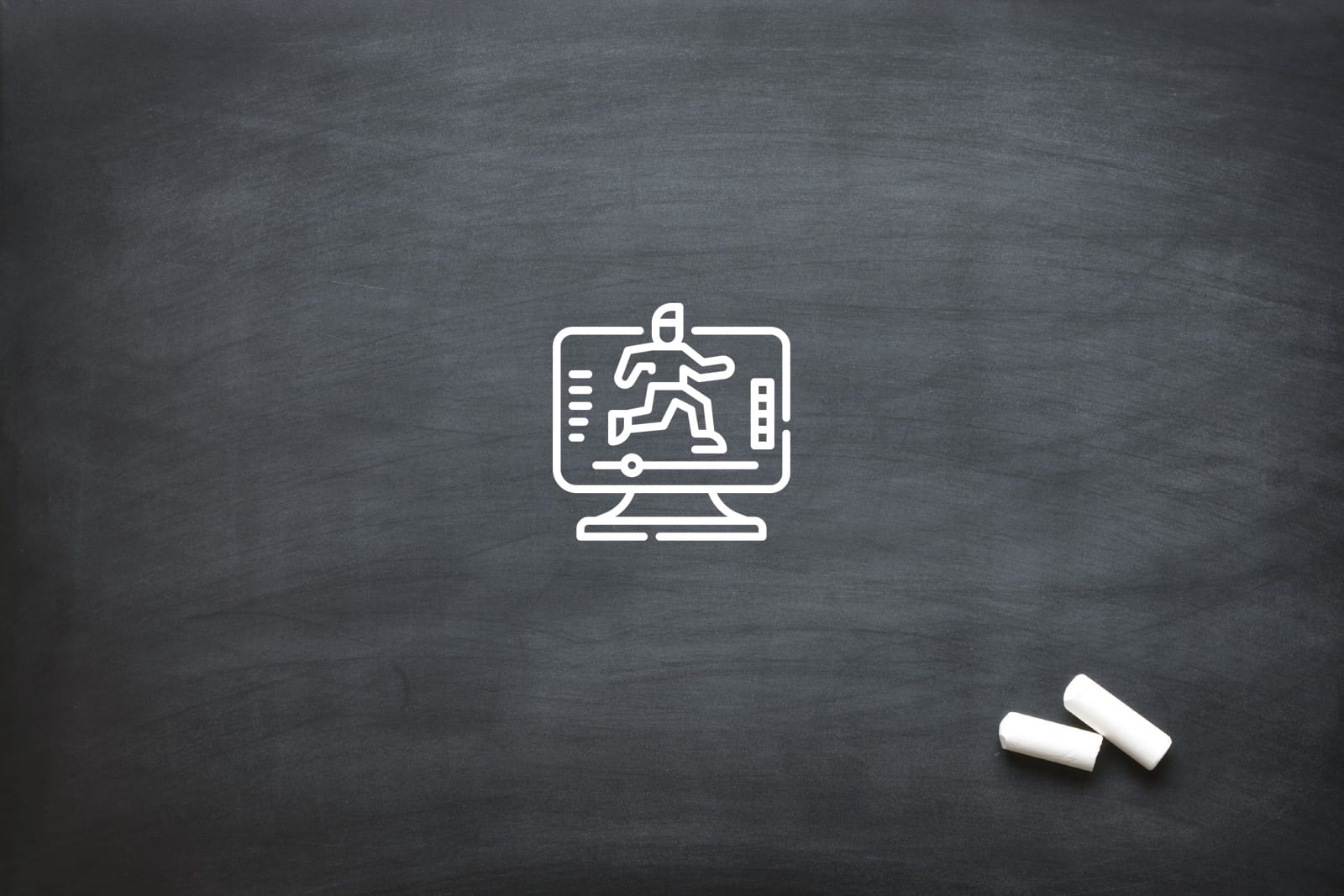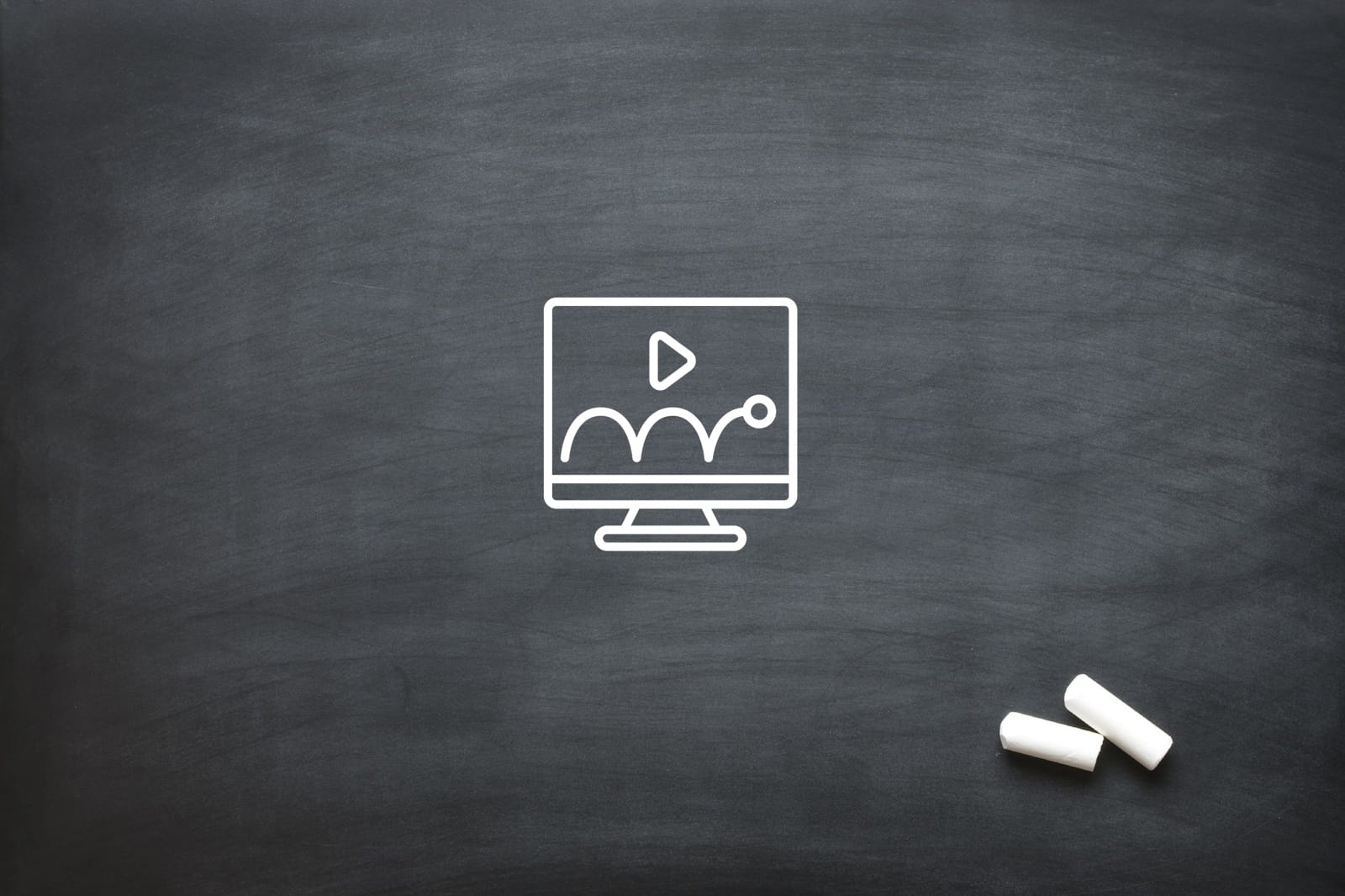
Storyboarding and 2D Animators
The world of 2D animation is an intricate blend of artistry, storytelling, and technical mastery. Each project begins as a fleeting idea, transforming through structured processes into emotionally resonant moving images. For 2D animators, understanding each stage of this journey is critical for creating engaging, effective, and polished work that stands out in today’s global animation industry. As demand grows across advertising, education, and entertainment, refining each part of the pipeline ensures projects remain creatively and commercially successful.
Every step along this path contributes to the final product’s impact. From initial concepts to the final rendered frame, 2D animators use technical knowledge and artistic intuition to ensure visual clarity and narrative depth.
Concept Development
Concept development is where animation begins. Here, 2D animators collaborate with writers, creative directors, and producers to brainstorm the project’s central idea, establish tone, and create mood boards that convey visual direction. The goal is to align creative intentions with practical production strategies. Whether it is an educational explainer, character-driven advert, or short film, this stage lays the foundation for all design and narrative choices to come.
A well-developed concept saves both time and budget. It prevents mid-project confusion by clarifying vision, themes, and key messages. For 2D animators, it provides a creative anchor, ensuring all future decisions align with the intended emotional impact and communication goals. Strong conceptual clarity enables smoother production phases and delivers work that resonates deeply with audiences.
Scriptwriting
Scriptwriting converts conceptual ideas into structured narratives. It includes scene descriptions, character actions, dialogue, and transitions, shaping the story into a coherent, emotionally impactful flow. For 2D animators, a strong script provides essential direction on how scenes connect, how dialogue matches movement, and how the overall rhythm unfolds across the animation.
This stage is vital for effective visual storytelling. It allows animators to anticipate timing, blocking, and character intent with precision. A clear script streamlines production by minimising unnecessary revisions, ensuring that each scene communicates purposefully. Investing time in this stage ensures narrative clarity, enhances viewer engagement, and supports the animator’s creative execution.
Character Design
Character design brings story personalities to life. 2D animators create model sheets, expression guides, and full turnarounds that showcase characters from multiple angles with various emotional states. These designs must be visually appealing and simple enough to animate efficiently, balancing creativity with functional practicality for consistent movement.
Character design defines how viewers perceive and connect with animated personalities. Every feature – from silhouette and costume to facial proportions and gesture style – contributes to the story’s emotional resonance. For 2D animators, solid character designs streamline animation production by ensuring clarity, readability, and consistency across all scenes.
Environment Design
Environment design builds the worlds that characters inhabit. Background artists and 2D animators craft settings, props, and landscapes that support mood, narrative, and spatial logic. Whether minimalist or highly detailed, environments ground characters in believable spaces, establishing atmosphere and enhancing storytelling immersion.
This stage demands a balance of detail and simplicity. Overly intricate backgrounds can distract viewers, while flat environments may undermine story impact. Effective environment design integrates colour, composition, and perspective to guide audience focus and enrich the narrative. For 2D animators, environments are key to anchoring characters within cohesive and visually harmonious scenes.
Storyboarding
Storyboarding translates the written script into visual sequences. 2D animators sketch panels that map out camera angles, compositions, actions, and transitions, creating a cinematic blueprint for the animation. This stage is critical for planning pacing, testing ideas, and ensuring narrative flow before investing in detailed animation.
Storyboards also function as communication tools. They allow animators, directors, and clients to review the animation’s structure collaboratively, identifying potential issues early. For 2D animators, storyboarding is a strategic step to ensure that creative intentions are clearly visualised, streamlining later production stages and maintaining narrative coherence.
Animatics
Animatics bring storyboards to life by adding timing, rough motion, and temporary sound. This video preview allows 2D animators to test pacing, rhythm, and emotional beats before full animation begins. Animatics reveal where scenes may drag, move too quickly, or require reorganisation for stronger storytelling impact.
For 2D animators, animatics are a cost-effective way to refine visual and narrative timing without detailed rendering. They guide decisions on frame counts and motion complexity, supporting production planning and budget accuracy. A well-constructed animatic ensures that the final animation flows seamlessly, engaging viewers effectively.
Key Poses
Key poses define the primary movements and intentions within a scene. These frames establish the structure, weight, and emotion of character actions. 2D animators focus on drawing strong, clear key poses to convey story beats powerfully, as these frames guide all subsequent inbetweening and motion refinement.
Strong key poses are essential for believable animation. They capture character personality, mood, and timing, ensuring viewers understand the narrative even without sound. For 2D animators, investing skill in this stage creates motion with clarity and intention, enhancing storytelling quality and animation efficiency.
Inbetweening
Inbetweening adds the frames between key poses to create smooth, natural movement. This stage requires precise technical understanding of motion arcs, spacing, and timing. 2D animators refine the flow of action, adding nuance and ensuring movements feel lifelike and seamless.
Although digital tools can assist, artistic judgment remains vital. Small adjustments to timing and spacing can dramatically alter the emotional tone of a scene. For 2D animators, mastering inbetweening is foundational for producing high-quality animations that resonate with realism and vitality.
Clean-Up Animation
Clean-up animation transforms rough sketches into polished line art. 2D animators redraw each frame, refining line quality, correcting proportion inconsistencies, and ensuring visual clarity. This stage demands precision, as each clean line will remain visible in the final animation.
Clean-up is where animations gain professionalism and readability. Frames must align with key poses and maintain stylistic consistency across scenes. For 2D animators, clean-up is not merely technical – it is a final opportunity to enhance drawing quality before colour and compositing add the finishing layers.
Colouring
Colouring breathes life into the cleaned-up frames. Flat base colours are applied first, followed by shadows, highlights, and effects that enhance dimension and mood. 2D animators use colour theory to maintain palette consistency, clarify character focus, and convey emotional undertones that strengthen storytelling.
A well-executed colouring stage enriches visual harmony. Colour choices impact viewer perception, helping establish atmosphere and supporting narrative tone. For 2D animators, mastering colouring techniques elevates animations from simple drawings to immersive, emotionally engaging experiences.
Compositing
Compositing integrates all animation layers with backgrounds, effects, and camera movements into a final visual composition. 2D animators adjust depth, lighting, and filters to create cohesive, polished scenes ready for rendering and distribution.
This stage blends creativity with technical finesse. Effective compositing enhances scene realism, draws attention to key elements, and adds stylistic flair. For 2D animators, it is the process where their meticulous frame-by-frame work merges into seamless final storytelling, achieving professional broadcast standards.
Sound Design
Sound design enhances animation by adding effects, music, and voice acting. For 2D animators, sound synchronisation refines motion timing and emphasises narrative beats. Even subtle sounds can dramatically influence viewer immersion and emotional response.
Effective sound design ensures animations are engaging and dynamic. Audio adds dimension that visuals alone cannot achieve, amplifying dramatic tension, comedic timing, and narrative clarity. For 2D animators, collaborating closely with sound designers ensures that both elements complement each other powerfully.
Final Render
Final render is the culmination of the animation pipeline. 2D animators export the animation into distribution-ready formats, checking for colour consistency, dropped frames, or audio mismatches. This stage ensures technical standards are met for broadcast, streaming, or internal use.
The final render represents the animator’s complete artistic journey. It delivers polished, professional work that communicates intended messages clearly and creatively. For 2D animators, this stage confirms that every decision from concept to final frame contributes to impactful, engaging storytelling.
If you’re ready to bring your story to life through striking 2D animation, we’re here to help. At Oliver Karstel Creative Agency, our expert 2D animators are equipped to guide your project from storyboard to final frame. Contact us today to create animation that captivates, communicates, and connects.






